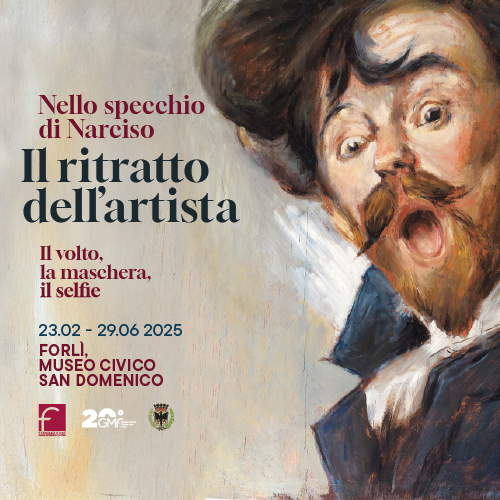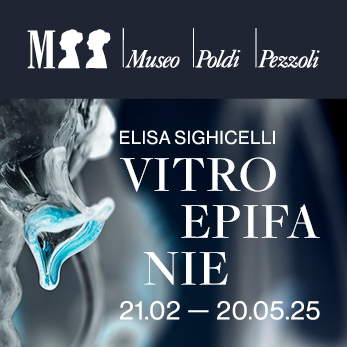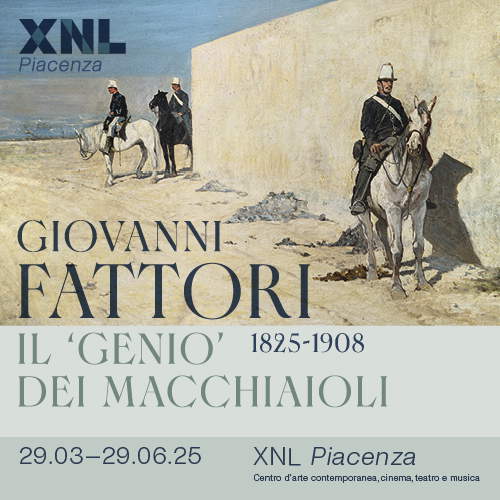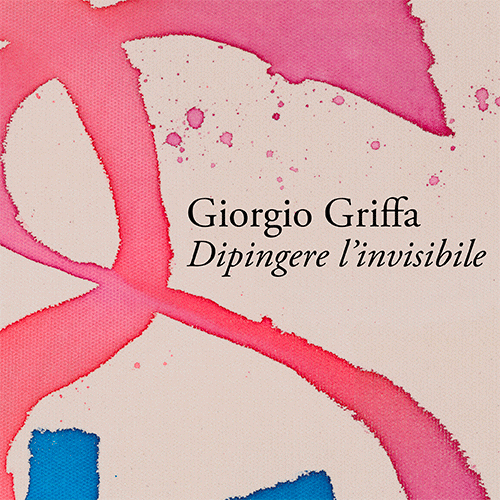Genoa, a new national museum is born: Palazzo Raggio, purchased by the Ministry of Culture
An important new museum is born in Genoa . The Ministry of Culture has in fact purchased Palazzo Raggio in Largo della Zecca in the Ligurian capital: it will become home to the National Gallery of Liguria now housed on the second and third floors of Palazzo Spinola di Pellicceria. A prestigious complex, which will house the collection of more than two hundred works of art now only partially exhibited in Palazzo Spinola, and where a new space “for the city” will be created, a place for the creation of culture and services for citizens.
The National Gallery of Liguria is a “young” museum: in fact, it was founded in 1958 when Marquis Paolo and Franco Spinola donated their residence, Palazzo Spinola di Pellicceria, in the heart of the historic center, to the state, with its historical collections and space to house new works of art. Since then acquisitions have continued uninterruptedly, reaching today more than two hundred paintings and sculptures, from the medieval period to the twentieth century. An ever-growing artistic heritage in need of new exhibition spaces. It was precisely to meet this need that Palazzo Raggio was identified as an ideal venue to ensure the enjoyment of such a vast and varied heritage.
Alessandra Guerrini, director of the National Museums of Genoa and National Museums Liguria, led the project and emphasizes the potential of this new space that has the city at heart: “To arrive at the purchase of Palazzo Raggio, the path began in 2019, but it had been evident for some time that the National Gallery of Liguria, a museum that the founders wanted to draw the history of the arts in Liguria, no longer had the necessary space on the upper floors of Palazzo Spinola. The opportunity for the purchase of a building of this importance, and in a barycentric position between the two museums of Palazzo Reale and Palazzo Spinola, in a neighborhood that was very much alive but also in need of spaces open to citizens, was unique. What is presented today is due to the willingness of the owners, to the commitment of managers, officials and staff of the Ministry, locally and nationally, to the active interaction with other public administrations, to the work of professionals: sincere thanks to all. A project that is made possible by the Ministry of Culture, which has invested in Genoa and its collections with the purchase of this prestigious new property.”
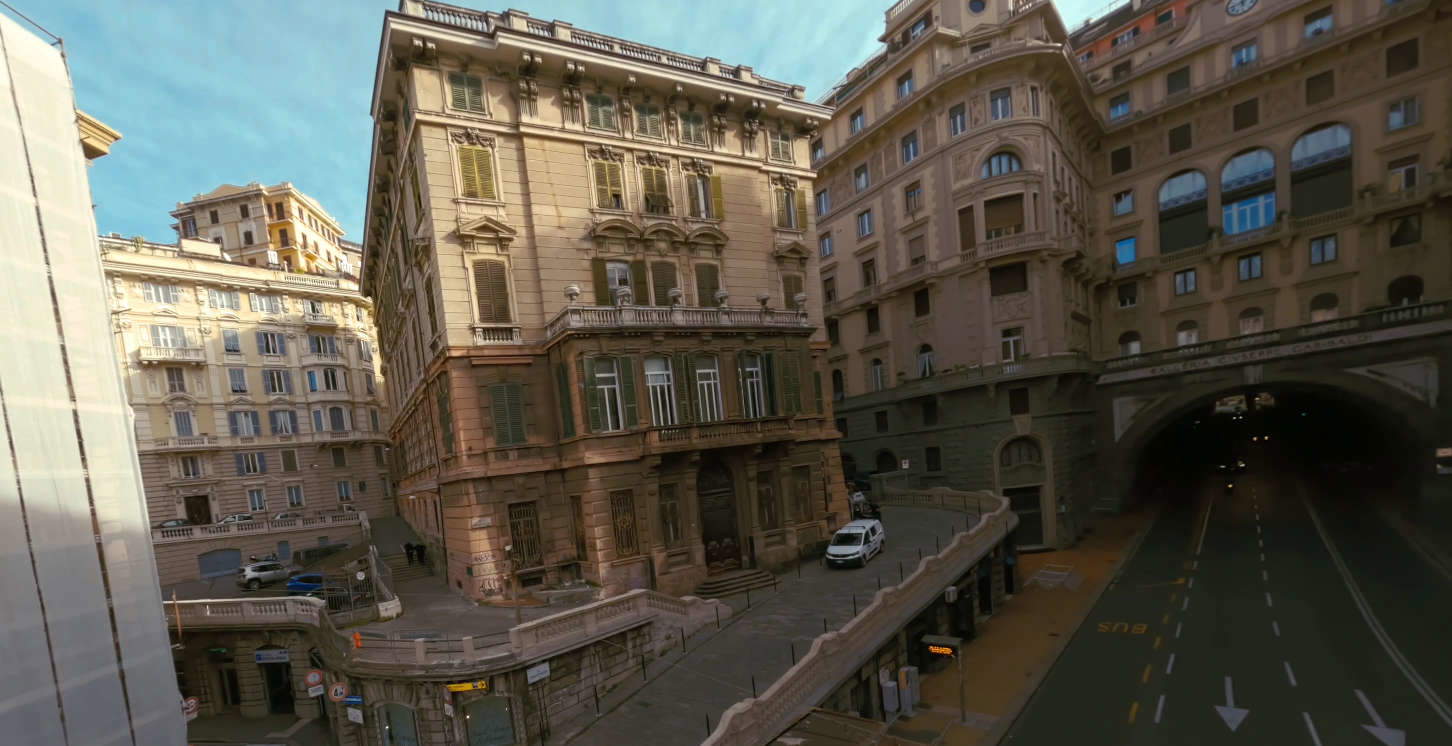
Palazzo Raggio: a prestigious building in a strategic location
The project (which has been in gestation for some time and has seen other hypotheses as well) materialized today with the purchase by the Ministry of Culture of Palazzo Raggio. The important building, which arose in the late 16th century and is included in the list of Palazzi dei Rolli, will be destined to become the new headquarters of the National Gallery of Liguria on Via Raggio, ideally equidistant from the other two state museums, Palazzo Reale (Via Balbi) and Palazzo Spinola (Piazza Pellicceria).
The building is located on Via Raggio, above the departure station of the Zecca-Righi Funicular. The palace, whose facade features faux ashlar decoration, has five floors. Inside, a monumental single-ramp staircase with a barrel vault allows visitors to reach the different levels of the building. The second piano nobile features a very rich pictorial and stucco ornamentation: the Salone della Musica is embellished with two large canvases by Domenico Piola and Gregorio De Ferrari, as well as preserving a magnificent rock crystal chandelier. Beyond the upper floors, devoid of ornamental decoration, one reaches the palace’s attic, surrounded by a terrace from which one can enjoy an extraordinary view of Genoa’s historic center.
The original palace was built for Benedetto Lomellino beginning in 1588. The building, which in the mid-seventeenth century was reported to belong to the Imperiale family, was preceded by a large widening and flanked by a garden that still appears on some nineteenth-century maps: the opening of the Via Nuovissima (Via Cairoli) at the end of the eighteenth century led to it having a prestigious overlook on the new road axis. In the late 18th century the palace was owned by Marzia Imperiale and then by Prince Giulio Centurione until 1897, when Edilio Raggio bought the entire property. At this time date the most important modifications to the building and the surrounding area, similar to what Edilio Raggio accomplished in his other properties in the historic center acquired in those years. Following his death in 1906, the property passed to his son Carlo, and then the building passed to his daughter Armanda, who was married to Cesare Balduino.
The museum will also be conceived as a space open to citizenship, a center of cultural production in a strategic area of the city, between the Centro Storico district and the Carmine area. The “new” National Gallery of Liguria will not only be a museum venue, a place for temporary exhibitions and cultural activities, but also an area where citizens and especially young people can find spaces and services. An ambitious goal, the National Museums of Genoa let them know, possible only through the creation of relationships and synergies with other cultural facilities in the area, both public and private. This is a planning and implementation process that has already begun and will require time, great commitment and broad institutional collaboration.
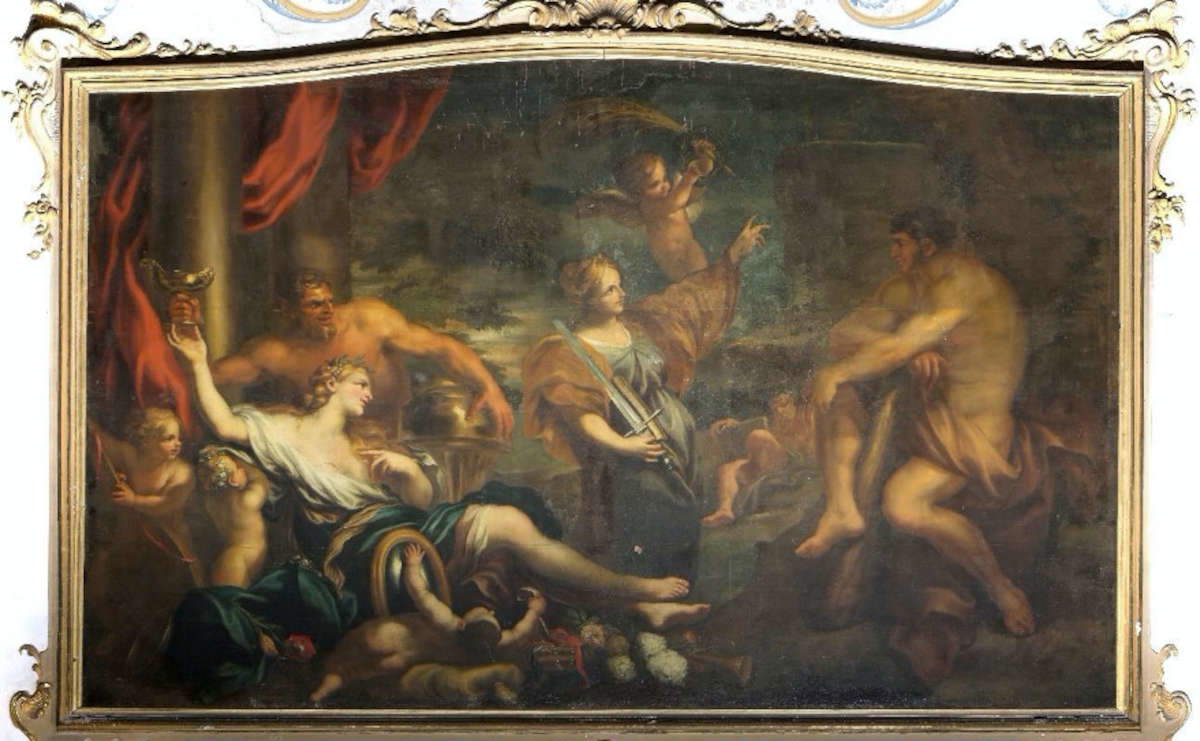
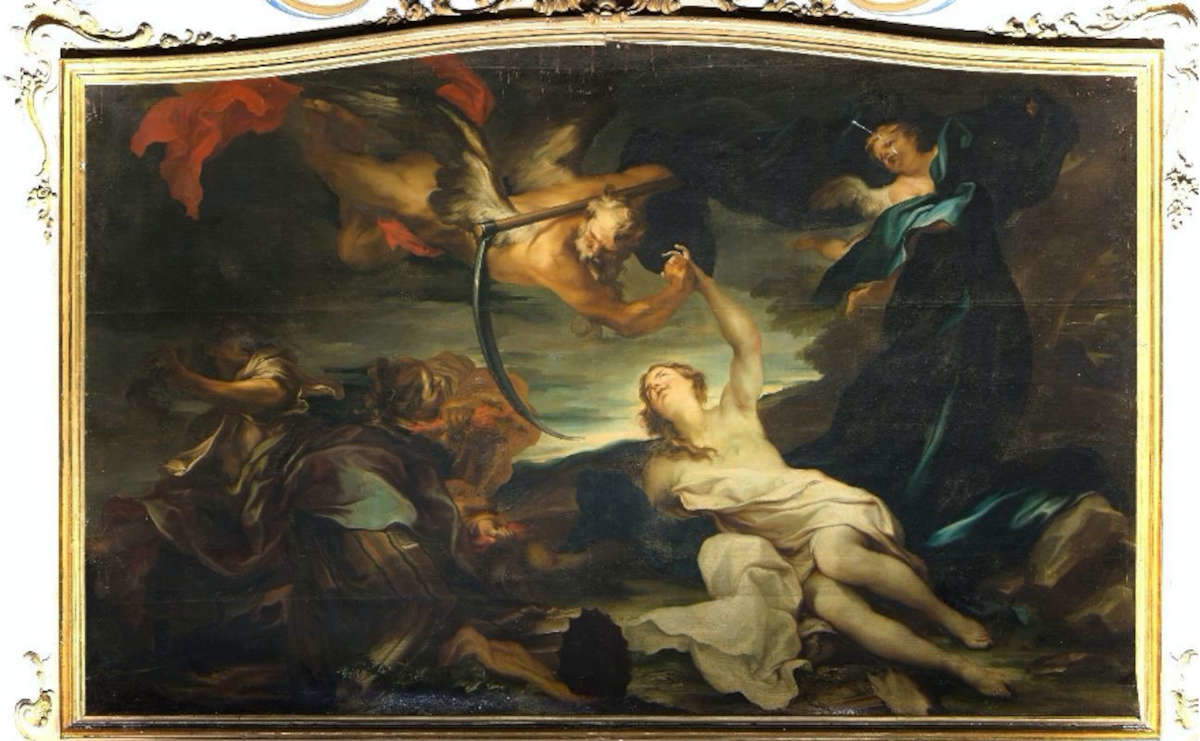
 |
| Genoa, a new national museum is born: Palazzo Raggio, purchased by the Ministry of Culture |
Warning: the translation into English of the original Italian article was created using automatic tools. We undertake to review all articles, but we do not guarantee the total absence of inaccuracies in the translation due to the program. You can find the original by clicking on the ITA button. If you find any mistake,please contact us.





